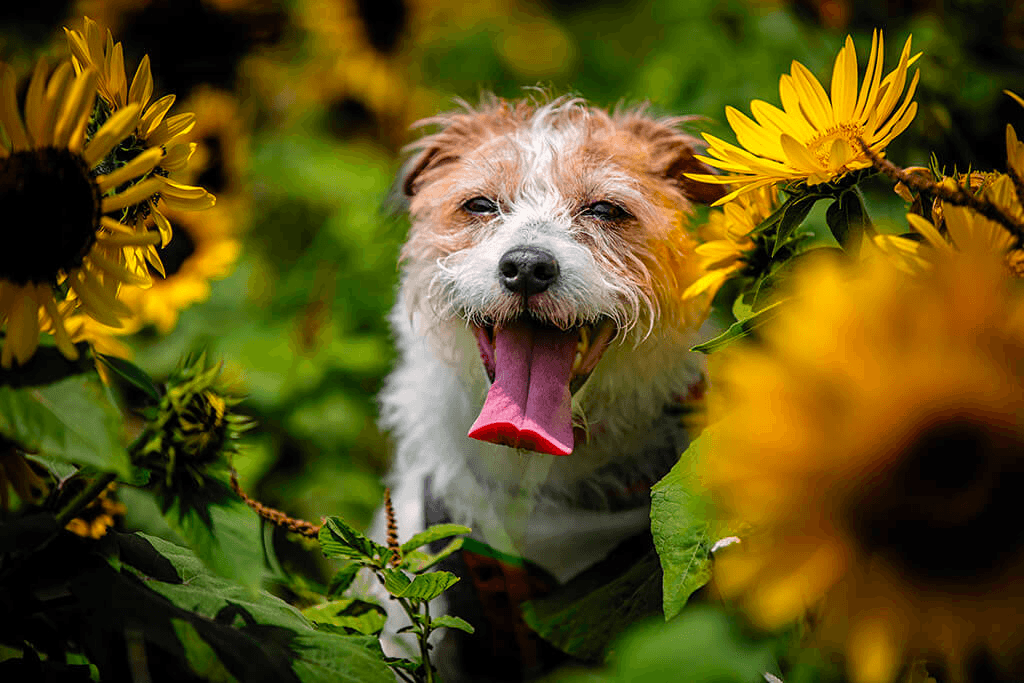Wondering how much to feed a dog by weight, and unsure if you’re giving your dog too much or too little food? Feeding your dog the right amount based on their weight is one of the simplest yet most important things you can do for their health. In this guide, we’ll break down how much […]
How Much To Feed a Dog by Weight (KG)

Wondering how much to feed a dog by weight, and unsure if you’re giving your dog too much or too little food? Feeding your dog the right amount based on their weight is one of the simplest yet most important things you can do for their health. In this guide, we’ll break down how much to feed a dog by weight, explain signs of under or overfeeding, and provide helpful tools to keep mealtimes healthy and enjoyable.
How Much Should I Be Feeding My Dog Based on Their Weight?
In general, dogs should eat 2–3% of their body weight in food per day. For example:
- Small dogs (under 10kg): 150–300g per day
- Medium dogs (10–25kg): 300–750g per day
- Large dogs (25 kg+): 750g–1.5kg per day
However, this can vary based on age, activity level, and type of food. Always refer to your dog food packaging and consult your vet if unsure.

Table of Contents: How Much To Feed a Dog by Weight (KG)
- What’s the Best Feeding Amount for Small Dogs by Weight?
- How Much Food Should Medium-Sized Dogs Eat?
- Feeding Guidelines for Large and Giant Breeds
- How to Tell If You’re Overfeeding or Underfeeding Your Dog
- Should You Use a Slow Feeder for Your Dog?
- Feeding Tips for Puppies vs Adult vs Senior Dogs
- When to Adjust Your Dog’s Portion Sizes
What’s the Best Feeding Amount for Small Dogs by Weight?
Small breeds like Chihuahuas, Pomeranians, and French Bulldogs often weigh under 10kg. These dogs have fast metabolisms and may need more calories per kilogram of body weight than larger dogs.
Typical feeding guideline:
- 2.5% of body weight per day
- For a 5kg dog: 125g/day (split into two meals)
Small dogs also benefit from:
- Smaller kibble size or moist food for easier chewing
- Frequent feeding to maintain energy levels
AKC’s nutrition guide can help refine your plan.
How Much Food Should Medium-Sized Dogs Eat?
Medium dogs (10–25 kg), such as Beagles, Cocker Spaniels, and Border Collies, tend to require moderate calories, but this may vary depending on their activity level.
Typical feeding guideline:
- 2.25–2.5% of body weight
- For a 20kg dog: 450–500g/day
If your medium-sized dog is especially active, consider increasing their portion size by 5–10% or introducing higher-calorie foods. Dogs that receive less exercise may require leaner portions to prevent weight gain.
Use this calorie calculator by PetMD to estimate your dog’s ideal intake.
Feeding Guidelines for Large and Giant Breeds
Larger breeds like Labradors, German Shepherds, and Great Danes (25 kg+) have slower metabolisms compared to smaller dogs, but they still need significant daily calories due to their body mass.
Typical feeding guideline:
- 2% of body weight per day
- For a 35kg dog: 700g/day
- For a 50kg dog: 1kg/day
Larger dogs may benefit from:
- Two meals per day to reduce the risk of bloat
- High-protein, high-fibre foods
The University of Illinois Vet School’s large breed nutrition tips are especially helpful for pet owners looking after large dogs.

How to Tell If You’re Overfeeding or Underfeeding Your Dog
Common signs of overfeeding include:
- Weight gain
- Lethargy
- Excessive gas or soft stools
Signs of underfeeding include:
- Visible ribs and spine
- Low energy
- Food guarding or scavenging behavior
A regular weight check and a body condition score chart from your vet can help you monitor your dog’s condition. You can also find excellent visual guides from Pet Obesity Prevention.

Should You Use a Slow Feeder for Your Dog?
Fast eaters are at risk of choking, bloating, and vomiting. Using a slow feeder bowl helps dogs pace their eating and improves digestion. PetLab Co.’s easy-to-clean slow feeder bowl features an anti-slip bottom that cuts down on mess.
Slow-feeder bowls are great for:
- Greedy eaters
- Puppies learning mealtime manners
- Large breeds are at risk of bloat
A slow feeder is especially helpful when transitioning to new food textures or tastes.
Feeding Tips for Puppies vs Adult vs Senior Dogs
Age significantly affects how much to feed a dog by weight:
- Puppies: Need more calories per kg and should be fed 3–4 times a day
- Adults: Follow standard feeding % and split into two meals
- Seniors: May need fewer calories, depending on activity level and health
Constantly monitor weight changes during life stages and adjust accordingly.
When to Adjust Your Dog’s Portion Sizes
You should revisit portion sizes if your dog:
- Gains or loses weight
- Becomes more or less active
- Transitions from puppy to adult, or adult to senior
- Starts a new product or health routine
Comparison Table: Feeding Guidelines by Dog Weight
| Dog Size | Weight Range | Daily Food (Dry) | Meals per Day | Suggested Add-Ons |
| Small | < 10kg | 150–300g | 2 | Slow feeder |
| Medium | 10–25kg | 300–750g | 2 | High-fibre food |
| Large | 25kg+ | 750g–1.5kg | 2 | Joint support |
Glossary of Terms
- Body Condition Score (BCS): A vet-developed chart to assess whether a dog is underweight, healthy, or overweight
- Dry food: Also called kibble, a common type of dog food
- Slow feeder: A bowl designed to slow down the eating pace
- Percentage of body weight: Method used to calculate daily food based on the dog’s mass
Additional Resources
- American Kennel Club Nutrition Guides
- PetMD Dog Feeding Calculator
- Pet Obesity Prevention Tools
- University of Illinois College of Veterinary Medicine
Conclusion: How Much to Feed a Dog By Weight
Understanding how much to feed a dog by weight can help your pup live a longer, healthier life. By tuning in to your dog’s weight, behavior, and age, you can tailor their meals to meet their unique needs. Don’t forget to make mealtimes work smarter – a slow feeder and proper portions can support your dog’s overall well-being.
 C
C



